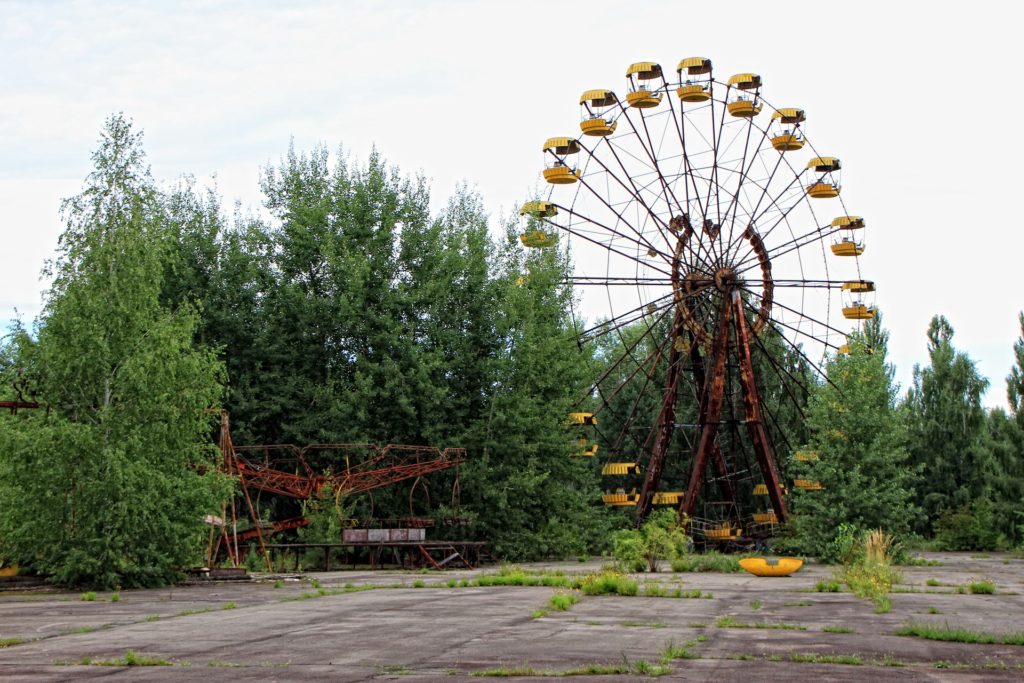
The world of Dark Tourism.
Dark tourism is getting more traction in the mainstream media, but has been around for a long time. The term dark tourism comes from the destinations «dark place» in history, often these destinations have been filled with death, tragedy or other horrible/dark events, but this alone does not make a destination «dark», it also has to have some kind of historical importance or value.
One of the most important things to remember as a dark tourist is respect, remember that most of these destinations have a utterly tragic past that should be respected and handled with a certain amount of humbleness. If you are considering going in to dark tourism for the «fun of suffering», you are better of staying home and visit these destinations online through for example Google Maps or Google Earth. Dark tourism is often branded as something bad, but it’s all about intention. Most of the tourist traveling to places qualified as a dark destination is more often than not there for the historical value and to try to understand or get a sense of the tragedies our history has to offer. I will in this post write about some of the more famous destinations for Dark Tourism and hopefully show that it is not a bad thing if you have the right intentions.
Auschwitz, Poland
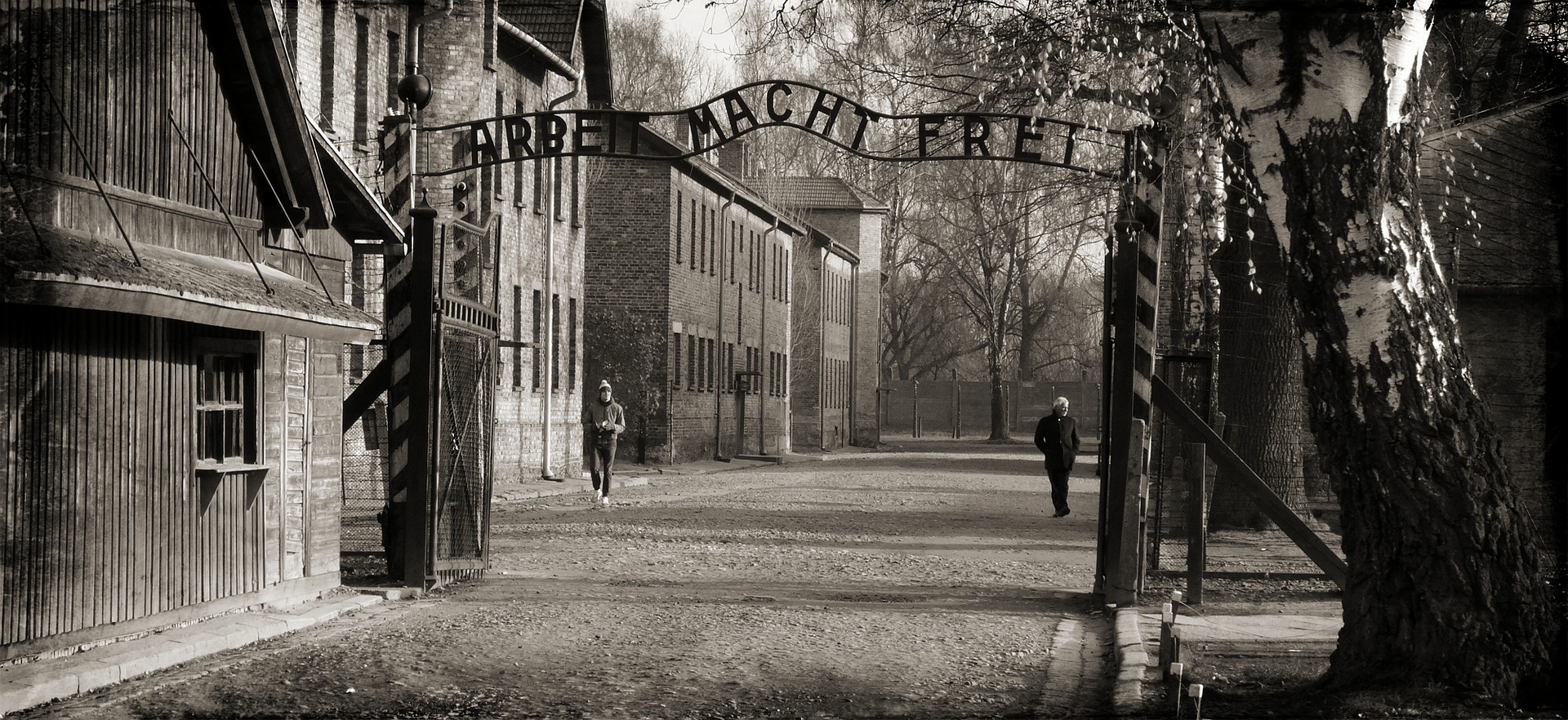
Auschwitz is by far the most famous dark tourism destination, it is the place where mass tourism and dark tourism meets.
The destination is very popular, both for private tourists and for the educational tourists. To get the most out of your visit here, it is highly recommended that you to try to visit in off-peak seasons, as it is normally very crowded to the point where crowd control has become a big issue for the destination.
One of the reasons it is so popular is the high amount of history and cultural importance it has. It was the biggest and most deadly concentration camp the Nazis had during the second World War. Because of this even the word Auschwitz has become somewhat of a synonym for Holocaust as a whole and a word used to describe any kind of atrocities against mankind, mostly due to the sheer number of deaths at this location(estimated between 1,3 to 1,6 million).
For more information about Auschwitz please visit the official website.
Pripyat, Ukraine
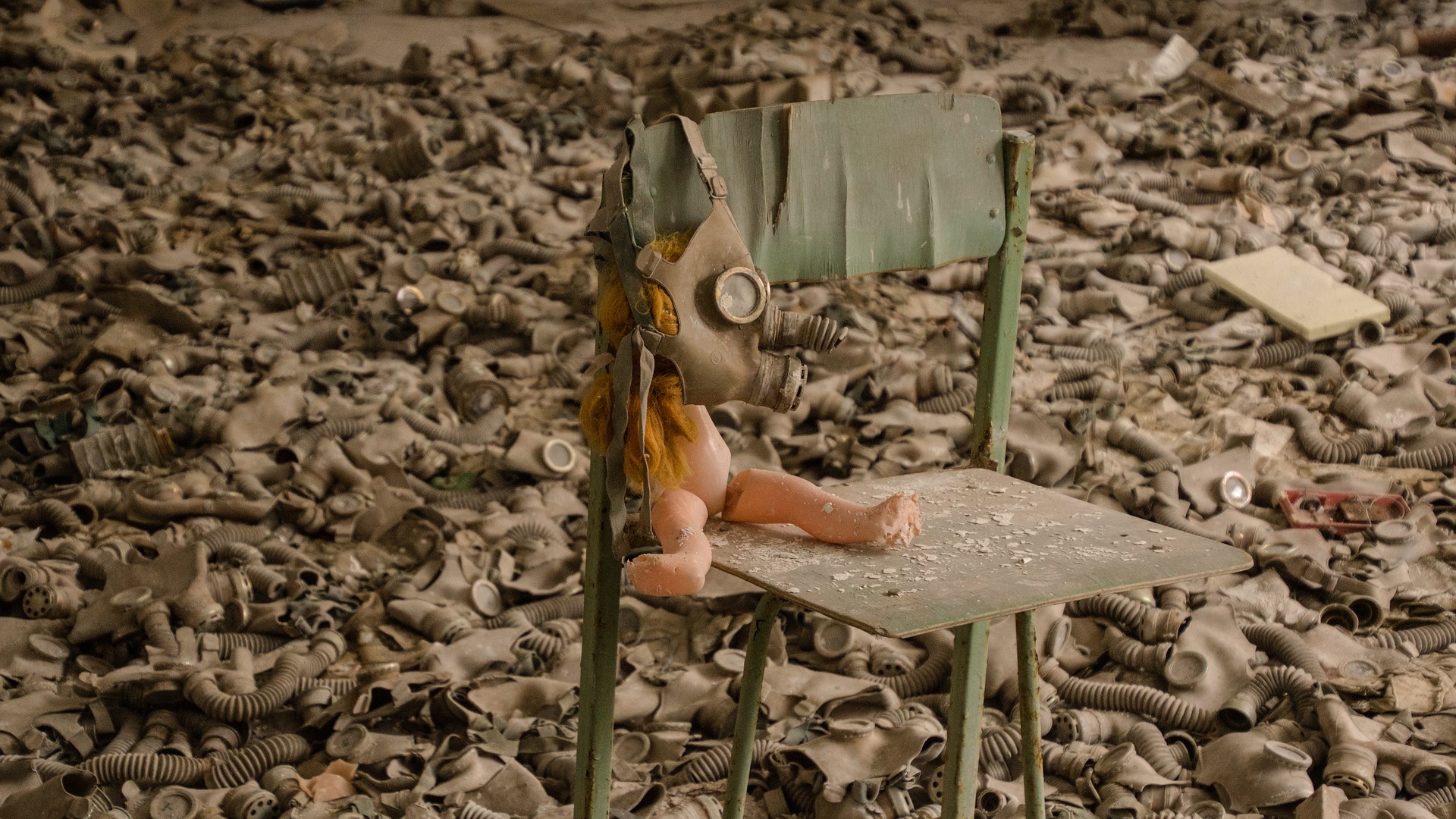
What many people doesn’t realize is that Pripyat and Chernobyl is not the same place, they are two separate cities in Ukraine.
While the nuclear power plant was named Chernobyl NNP, the city of Pripyat is much closer to the plant than Chernobyl. Pripyat is about 2 km away from the power plant, while the city of Chernobyl is about 14 km away. So when most people say they have been to Chernobyl, they most likely mean they have been to Pripyat and the zones around the old power plant.
Pripyat was built alongside the Chernobyl power plant to house the families of the workers at the power plant. At its peak it housed around 49.000 people. What makes this city such a «ghost town» Is how it was left, the evacuation was quick and the people living there was not allowed to bring much with them. It looks like everyone just up and left, leaving every trace of their lives behind and since the town was within the nuclear zone not many looters took the chance. Pripyat has had some looting but it has also had its fair share of people staging images and leaving things behind, like the image I’ve used in this blog. It is most likely staged, as people didn’t have the time to «make a mess» before they left.
To read more about the city of Pripyat please visit:
Hiroshima, Japan
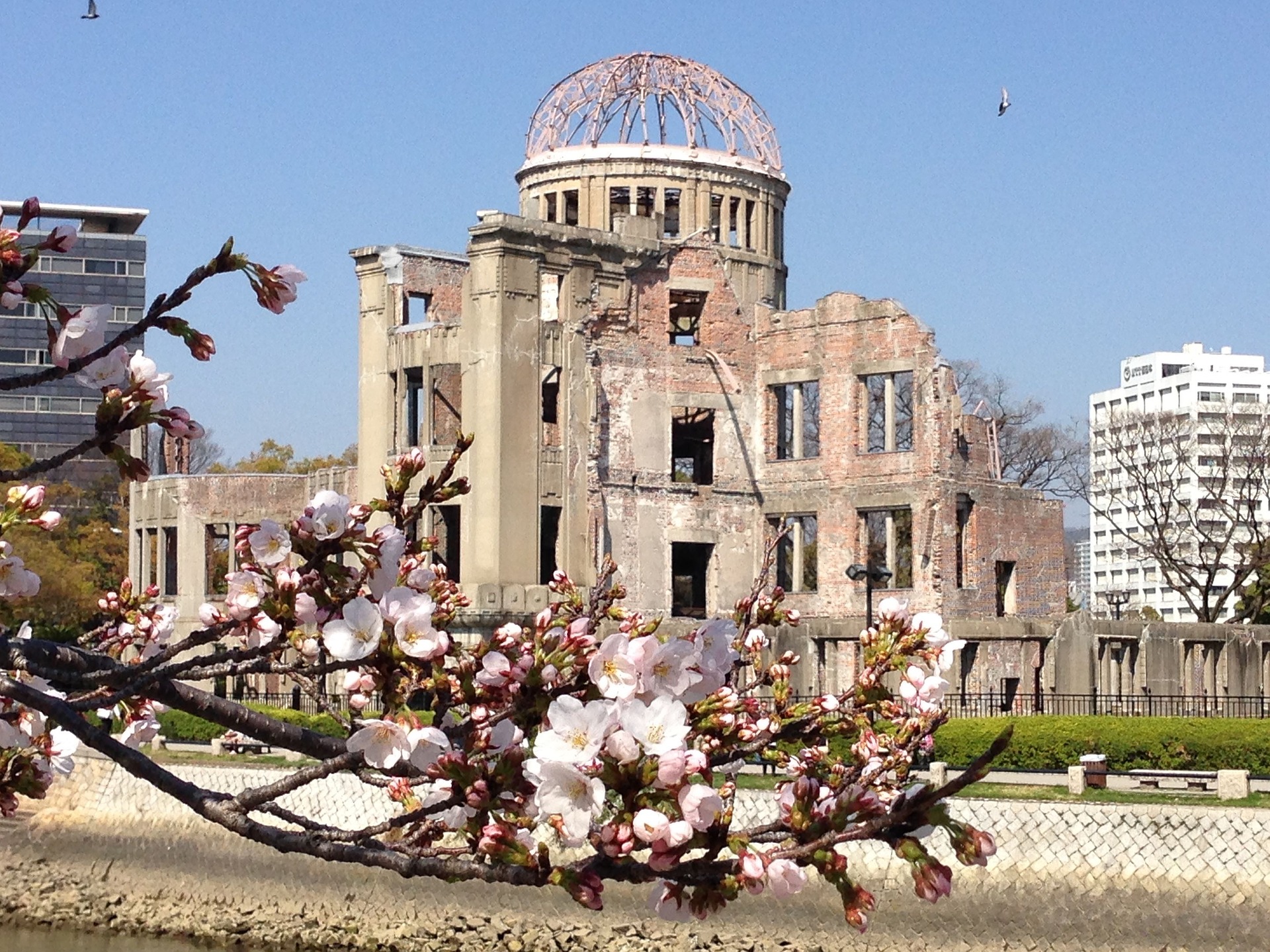
There is almost nothing left of what used to be before the bombs fell over Hiroshima, mostly due to the fact that almost all the buildings were made out of wood. The area was completely flattened and scorched with one exception, the concrete shell of the Fuel Hall. Now the area is filled with monuments, memorials and the Peace Memorial Museum.
This is one of those places that’s need to be seen, just to show how we could all rise again after something as tragic as an atomic bomb.
To read more about Hiroshima please visit:
Pompeii, Italy
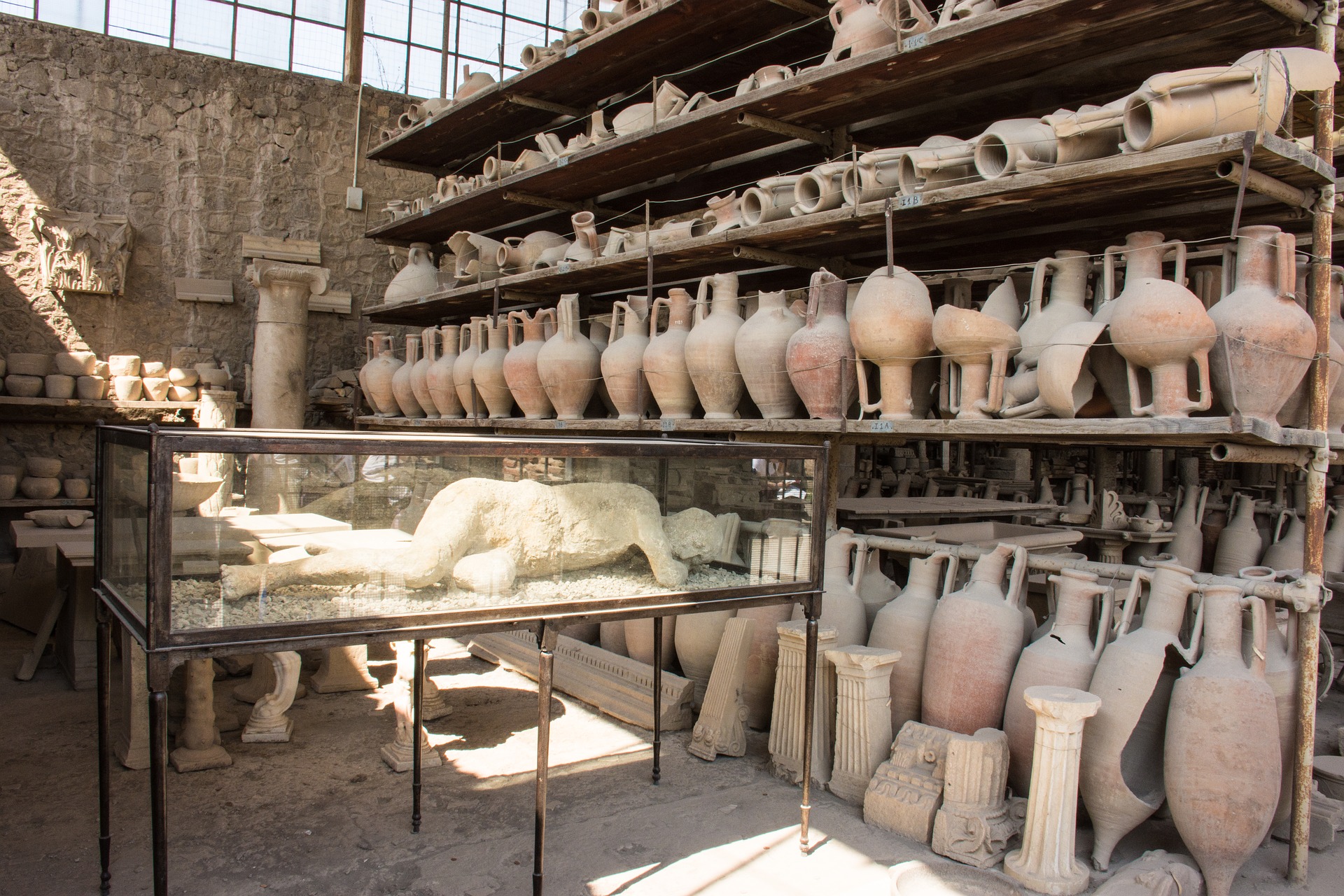
Pompeii is mostly known for being the city engulfed by a volcano, being preserved in lava for around 1800 years before we started to excavate it in the 19th century. We are still not done, about two thirds have been excavated, with one third left. For the dark tourists its the the recreated petrified bodies that are the most interesting, as the bodies engulfed by the lava decomposed leaving a void resembling a human body. To get an idea of their final moments the voids where filled with plaster which then gave casts of what the body looked like, some look like they are just asleep, while others have facial expressions that display utter horror.
With Pompeii still being excavated and preserved the amount of tourism pressure has made them close of some of the areas and tourist are also encouraged to visit other archaeological sites in the area to relieve the pressure a little bit.
To read more about Pompeii please visit:
Catacombs, Paris, France
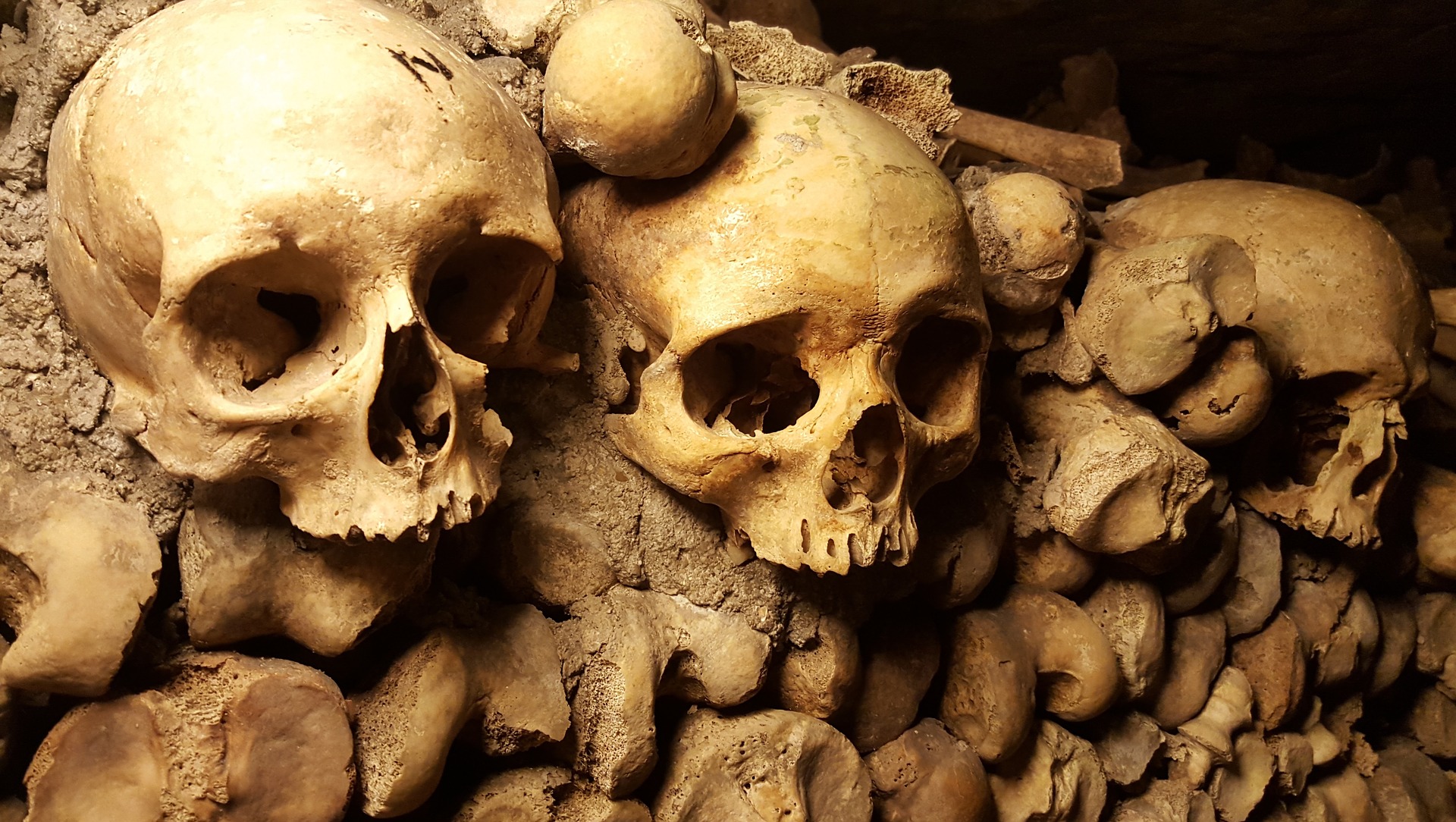
The catacombs in Paris is best known for all the skeleton remains, but very few know why they are there in the first place. Back in 1785 they had to close all the surrounding cemeteries due to an overflow of bodies which led to illness and building collapses due to the sheer amount of bodies in the ground. To combat this there was an order to remove and reburied all the corpses in the cemeteries in the catacombs, to get them safely away from the living population. At first they were just dumped there like you would dump out the trash, but in 1810 it was decided that they should be stacked nicely, lining the walls and hiding support columns.
This is how we know the catacombs now, it looks like tunnels made out of human bones and skulls. There is said to be a few famous skeletons in the catacombs, more precisely the remains of Robespierre and Danton, but good luck trying to figure out what bones belong to who. The Catacombs have been a big tourist attraction for about two centuries and is another example of where mass tourism meets dark tourism. At the end of the tour there is even a souvenir shop selling everything from postcards with disturbing and downright macabre messages to t-shirts and skull-bottles with absinthe. It is definitely a must see for a dark tourist in Paris, or any tourist for that matter, as long as you’re not claustrophobic.
To read more about the Catacombs of Paris please visit:
For more information about Dark Tourism as a whole I recommend visiting these websites:
Dark Tourism